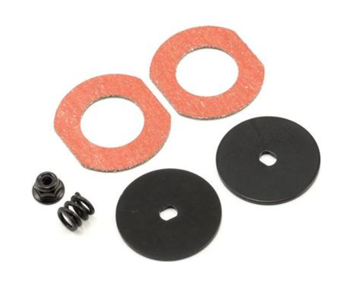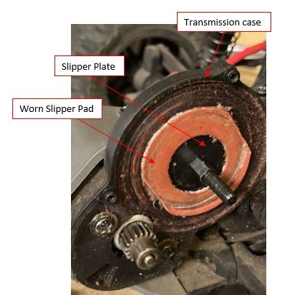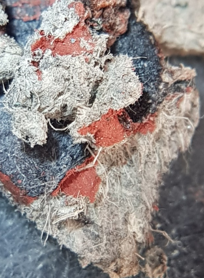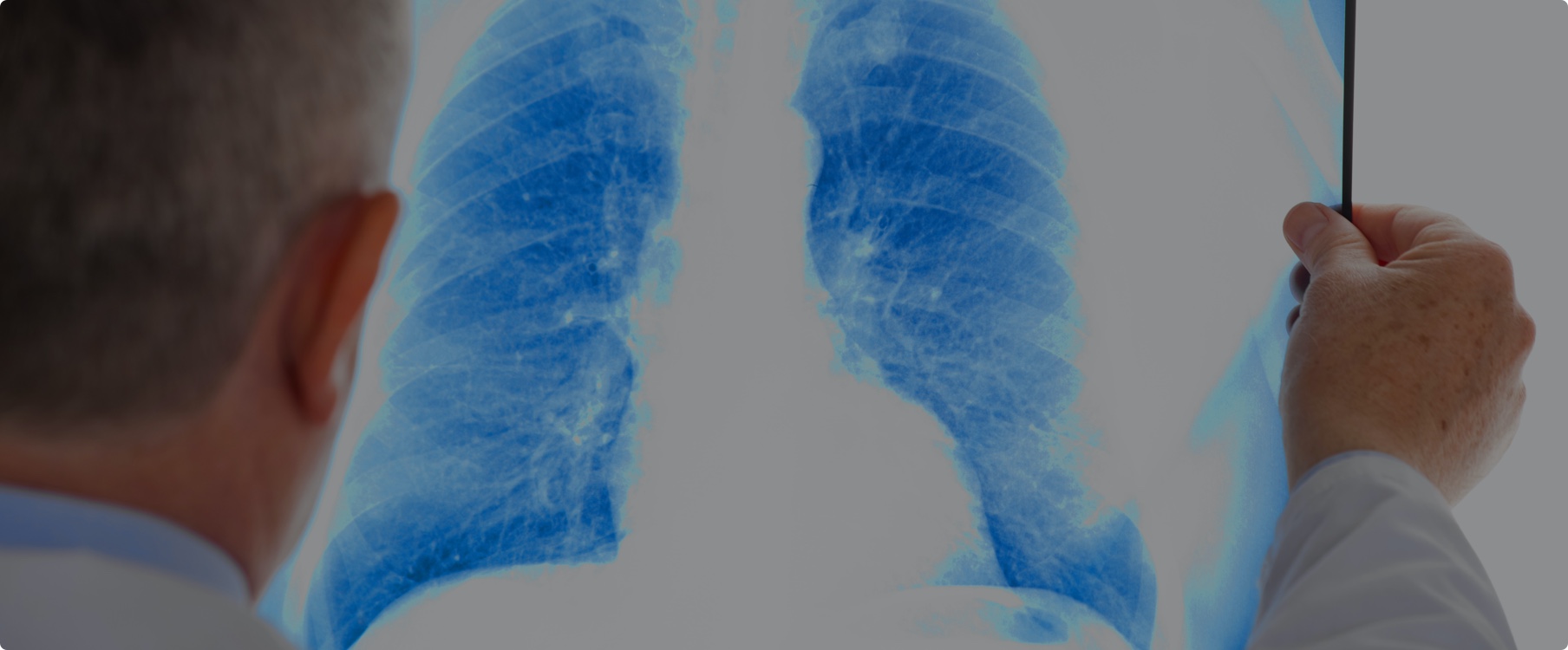Asbestos in imported Radio (Remote) Controlled Vehicles
Purpose
This safety alert provides information about the presence of asbestos in parts for radio controlled vehicles (RC vehicles) manufactured in the People’s Republic of China and imported from the United States of America.
Background
Chrysotile asbestos has been detected in the slipper pads of certain models of 2WD RC vehicles imported into Australia. This has resulted in an Australian recall by the licensed importer in August 2021. The US supplier has initiated the supply to Australia of a non-asbestos replacement line of parts.
Other gaskets and slipper pads from the same Chinese manufacturer are also being investigated in Australia and by the US supplier. As investigations continue, it is possible other brands with similar parts of like material may be identified as containing asbestos.
Product description
Affected parts: Slipper pads installed within the transmission of battery powered RC vehicles and sold separately as slipper assemblies. The slipper pads provide traction for the transmission to enable quick change of speed for the RC vehicle.
They have a washer-type appearance and may vary in colour, material and outer shape from round to hexagonal, between models of RC vehicles. In each vehicle there are usually two, at a minimum, that sit either side of a Spur Gear.
The pads are made from a gasket-type friction material that wears down from use and is a replaceable part. The pads may be sold separately with other related parts, as slipper assemblies, or in pairs or threes, for replacement by the user.
Note: Most models of slipper pads do not contain asbestos. Consumers, however, should exercise caution and check with the retailer or supplier.
Figure 1: Previously advertised image of slipper assembly, with affected pads (pink coloured)
Figure 2: Exposed worn slipper pad in situ showing asbestos fibre bundles
Figure 3: Deconstructed slipper pad material
Asbestos in imported products
In Australia, the importation, manufacture, supply, sale and use or reuse of asbestos and asbestos-containing products is not permitted, except under very limited circumstances. However, some countries around the world continue to manufacture and supply asbestos and asbestos-containing products and materials. In addition, some supplier countries may classify goods with low levels of asbestos as ‘asbestos-free’ or ‘non-asbestos’. Sourcing apparent non-asbestos products from manufacturers that also make asbestos products is a risk for importers because under Australian law any level of asbestos is prohibited for import or use.
Risk control
When installed, the slipper pads are enclosed and do not present a risk to the user of the RC vehicle. It is when the assembly is deconstructed to access the worn slipper pads that the risk of exposure to asbestos fibres may arise. Owners of affected vehicles must not attempt to remove or replace the slipper pads or disassemble and maintain their vehicles. Slipper pads should only be handled by a technician who is qualified to safely work with asbestos-containing materials.
Follow the instructions within the recall.
Action Required
- Importers must ensure they do not import asbestos into Australia. They need to be aware of the varying definitions and standards applied in the country of origin and/or supply and ensure they receive adequate evidence of non-asbestos materials used by the manufacturer. A declaration of no asbestos from the overseas supplier, on its own, is not acceptable evidence.
- When a risk is identified at the border, the ABF will require assurance from the importer, in the form of documentary evidence, that the goods do not contain asbestos. A test report from a NATA accredited laboratory (or equivalent international laboratory) showing no detectable asbestos is the best form of assurance. If adequate assurance is not provided, importers will face delays and be responsible for costs incurred when the goods are held at the border for the purposes of sampling and testing. See the ABF website for further information.
- If a consumer wishes to dispose of equipment they believe may contain asbestos, they should take it to a licensed facility that handles hazardous waste. Further information on the disposal of asbestos waste may be obtained from local government authorities, the relevant environmental protection authority or waste disposal authority in your state or territory.
Where do I get advice?
If unsure what to do, contact your State/Territory/Commonwealth WHS regulator:
|
Jurisdiction |
Regulator |
Contact Details |
Website |
|
Commonwealth |
Comcare |
1300 366 979 |
|
|
QLD |
Workplace Health and Safety Qld |
1300 362 128 |
|
|
QLD |
QLD Gov Asbestos page |
13 74 68 |
|
|
ACT |
WorkSafe ACT |
02 6207 3000 |
|
|
ACT |
ACT Gov Asbestos page |
13 22 81 |
|
|
NSW |
Safework NSW |
13 10 50 |
|
|
NSW |
NSW Gov Asbestos page |
13 10 50 |
|
|
NT |
Worksafe NT |
1800 019 115 |
|
|
NT |
NT Gov Asbestos page |
1800 019 115 |
|
|
SA |
SafeWork SA |
1300 365 255 |
|
|
SA |
SA Gov Asbestos page |
1300 365 255 |
|
|
TAS |
Worksafe TAS |
1300 366 322 |
|
|
VIC |
Worksafe VIC |
1800 136 089 |
|
|
VIC |
Vic Gov Asbestos page |
1800 136 089 |
|
|
WA |
WorkSafe WA |
1300 307 877 |
|
|
NZ |
WorkSafe NZ |
+64 0800 030 040 |
This Alert has been developed by the Heads of Workplace Safety Authorities (HWSA) Imported Materials with Asbestos Working Group, whose membership comprises representatives from: Australian Border Force, Asbestos Safety and Eradication Agency, Attorney General’s Department, Australian Competition & Consumer Commission, New Zealand Customs Service, Comcare, Safe Work Australia, SafeWork NSW, SafeWork SA, NT WorkSafe, Workplace Health and Safety Queensland, WorkSafe ACT, WorkSafe Tasmania, WorkSafe Victoria and WorkSafe WA, WorkSafe NZ.





